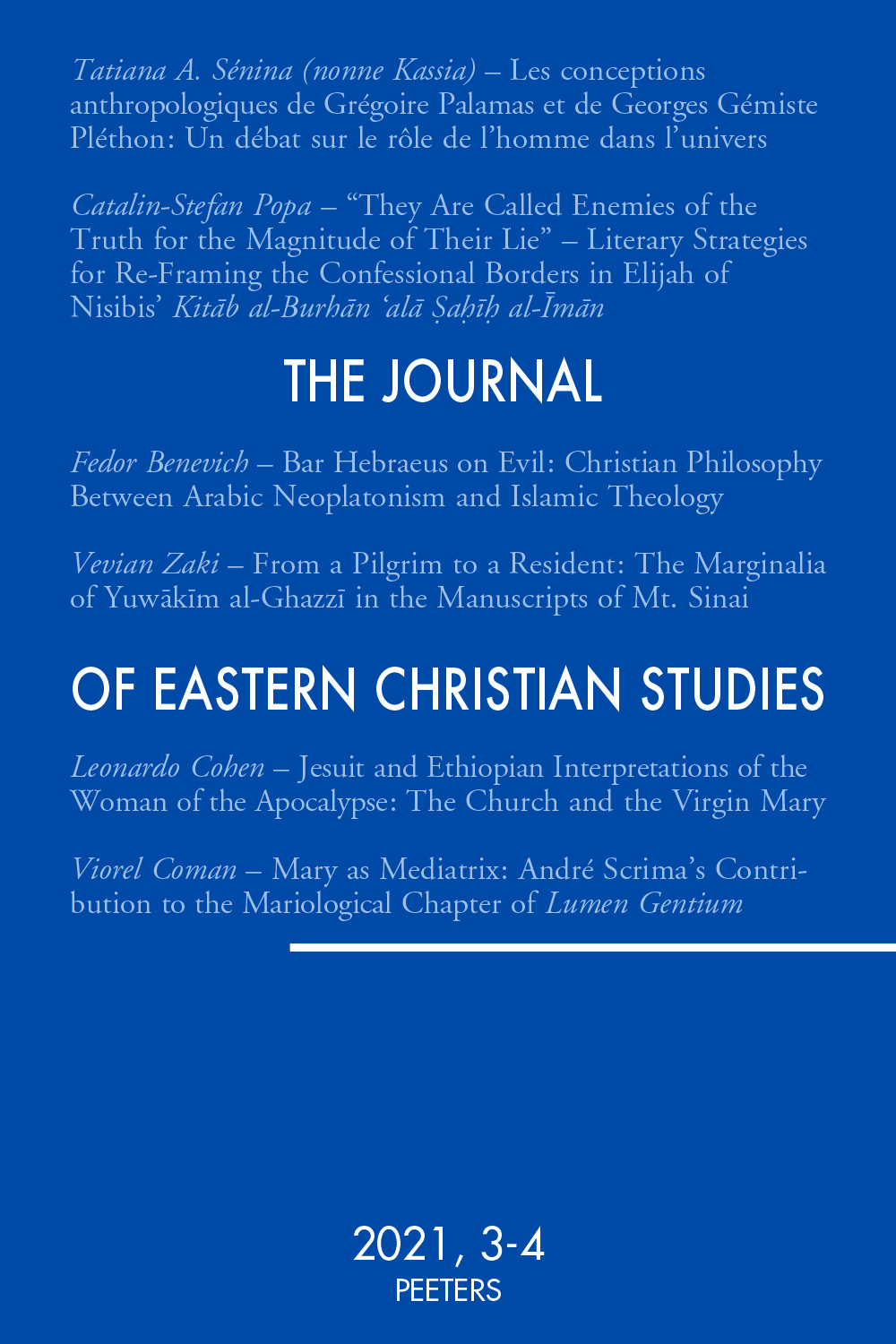 previous article in this issue previous article in this issue | next article in this issue  |

|
Document Details : Title: The East Syrian Monastic Divine Office Subtitle: A Study Based on Ms. Vat. Syr. 88 Author(s): VELLIAN, Jacob Journal: Journal of Eastern Christian Studies Volume: 56 Issue: 1-4 Date: 2004 Pages: 293-301 DOI: 10.2143/JECS.56.1.578708 Abstract : In the early developing stage of the liturgy of the hours, we see a parallel shaping. There were the Cathedral offices of Morning and Evening prayers and feast day vigils, which were popular and in which laymen were present along with the clergy and the monks. This we see in the fourth century offices celebrated in the Basilica of the Resurrection, with virgins and monks participating in them, as is reported by Egeria in her travel diary (A.D. 381384). Even before Egeria, under Macarius, Pachomius (A.D. 320) and other monks, divine praises were formed and recited by the monks in various hours of the day. A Hudra Ms. of Trichur, written in Kothamangalam (1584), follows the rite of the Upper Monastery of Mosul, ‘customary in the whole East’, as the colophon states. The Divine Office of the East Syrian Church is typically monastic, except for Vespers and Sapra which are rather ‘Cathedral’ (popular) offices. |
